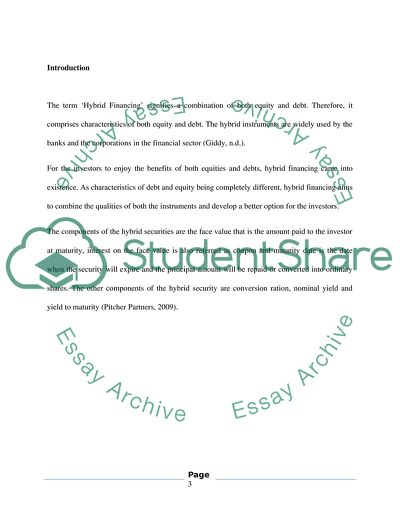Cite this document
(The Growth in the Use of Various Forms of Hybrid Finance Coursework, n.d.)
The Growth in the Use of Various Forms of Hybrid Finance Coursework. Retrieved from https://studentshare.org/finance-accounting/1746038-the-growth-in-the-use-of-various-forms-of-hybrid-finance-has-complicated-the-financing-process-and-has-provided-no-real-benefit-the-companies-and-investors
The Growth in the Use of Various Forms of Hybrid Finance Coursework. Retrieved from https://studentshare.org/finance-accounting/1746038-the-growth-in-the-use-of-various-forms-of-hybrid-finance-has-complicated-the-financing-process-and-has-provided-no-real-benefit-the-companies-and-investors
(The Growth in the Use of Various Forms of Hybrid Finance Coursework)
The Growth in the Use of Various Forms of Hybrid Finance Coursework. https://studentshare.org/finance-accounting/1746038-the-growth-in-the-use-of-various-forms-of-hybrid-finance-has-complicated-the-financing-process-and-has-provided-no-real-benefit-the-companies-and-investors.
The Growth in the Use of Various Forms of Hybrid Finance Coursework. https://studentshare.org/finance-accounting/1746038-the-growth-in-the-use-of-various-forms-of-hybrid-finance-has-complicated-the-financing-process-and-has-provided-no-real-benefit-the-companies-and-investors.
“The Growth in the Use of Various Forms of Hybrid Finance Coursework”, n.d. https://studentshare.org/finance-accounting/1746038-the-growth-in-the-use-of-various-forms-of-hybrid-finance-has-complicated-the-financing-process-and-has-provided-no-real-benefit-the-companies-and-investors.


